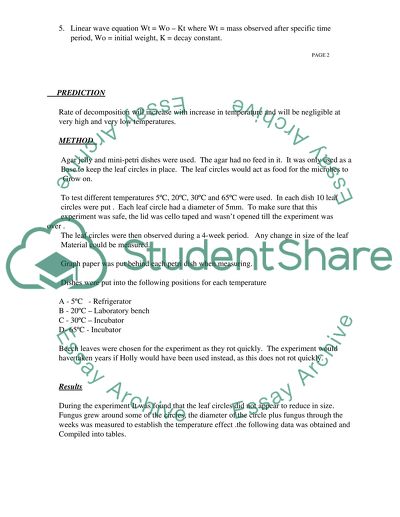Cite this document
(“Decomposition Lab Report Example | Topics and Well Written Essays - 1250 words”, n.d.)
Decomposition Lab Report Example | Topics and Well Written Essays - 1250 words. Retrieved from https://studentshare.org/science/1505527-decomposition
Decomposition Lab Report Example | Topics and Well Written Essays - 1250 words. Retrieved from https://studentshare.org/science/1505527-decomposition
(Decomposition Lab Report Example | Topics and Well Written Essays - 1250 Words)
Decomposition Lab Report Example | Topics and Well Written Essays - 1250 Words. https://studentshare.org/science/1505527-decomposition.
Decomposition Lab Report Example | Topics and Well Written Essays - 1250 Words. https://studentshare.org/science/1505527-decomposition.
“Decomposition Lab Report Example | Topics and Well Written Essays - 1250 Words”, n.d. https://studentshare.org/science/1505527-decomposition.


